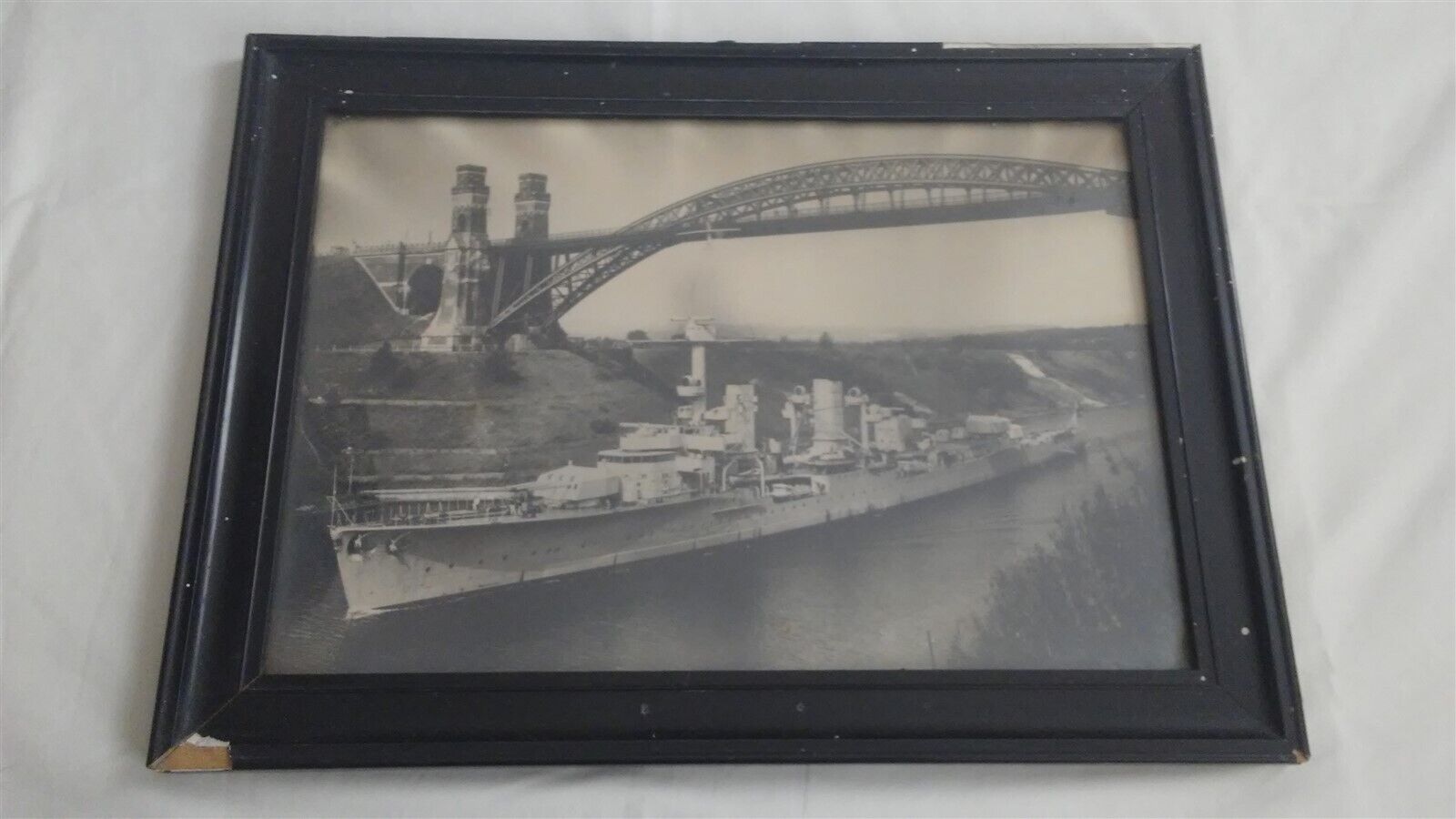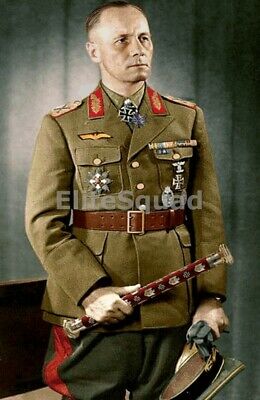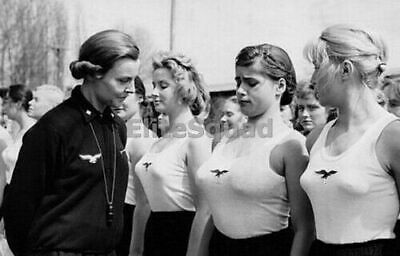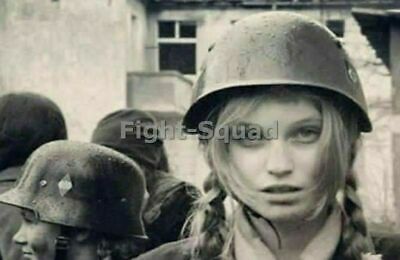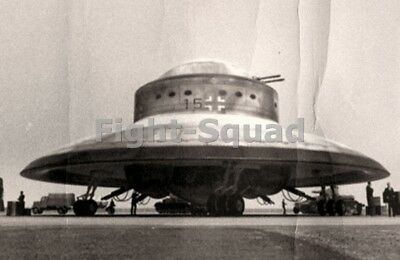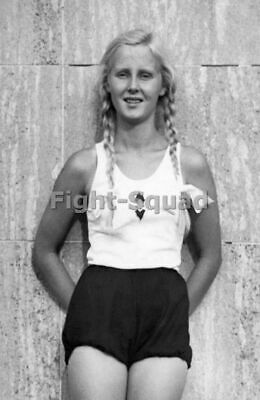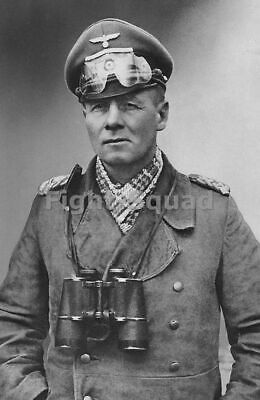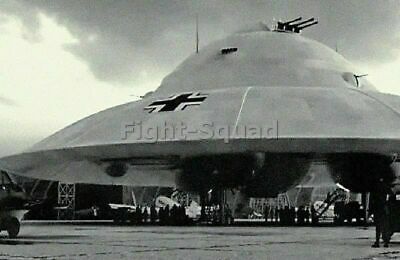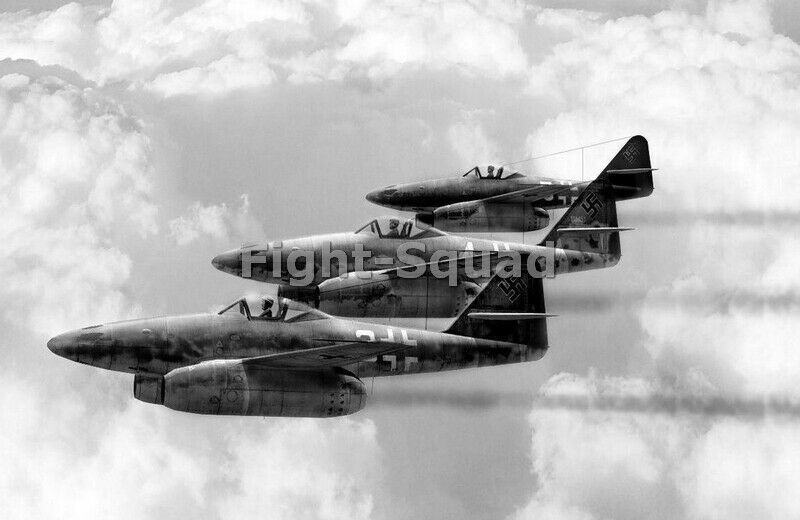-40%
Framed Original Print WWII German Lt. Cruiser Königsberg (traversing Kiel Canal)
$ 105.59
- Description
- Size Guide
Description
This is an original photograph in whatappears
to be the original frame of the WWII German light cruiser K
önigsberg
traversing
the Kiel Canal. The frame has some damage (please see pics) but the photograph is very sharp. Individual crew members and people can be seen on many locations on the decks and on the bridge (both the ship's bridge and the bridge over the canal). This is a pre-war photo that I believe was taken, based on her modification history, between 1934 and 1935, as she still has the two single 8.8cm AA mounts just forward of the two after triple 5.9" gun turrets but does not yet have the aircraft catapult that was later installed between the funnels. On the back is a stamp that reads:
A. Renard
Fotograf
Kiel, Brunswikerstra
ße
80
(it may be 30)
Dimensions: Frame width 18 5/16" x 13 9/16", photo (as it sits in the frame) width 15 3/8" x 10 9/16".
I've included a photo of the Königsberg that clearly shows the ship's bow crest as verification that this is indeed the Königsberg and not one of her two sisterships Köln or Karlsruhe, as
the sinking of the Königsberg represented a notable first: the first sinking of a major warship in wartime by aerial bombing.
(This auction does NOT
include this photograph - it is for reference purposes only.)
History:
The invasion of Norway took place in early April 1940.
Königsberg
was assigned to
Gruppe
3, and was tasked with transporting 600 troops from the
Wehrmacht
's
69th Infantry Division
from Wilhelmshaven to Bergen, Norway.
Gruppe
3 also included her sister ship
Köln
, the artillery training ship
Bremse
, and the torpedo boats
Wolf
and
Leopard
. The Germans left Wilhelmshaven on 8 April, and had reached their target the following day, where
Königsberg
transferred part of the landing party to several smaller vessels. She then made a high-speed run into the port in an attempt to land the remainder of the infantry in the town directly. A 21 cm (8.3 in) coastal battery at the
Kvarven Fort
took the ship under fire, and scored three hits, all forward. The hits caused severe flooding and fires in her boiler rooms that cut the ship's power. Adrift, and unable to maneuver,
Königsberg
had to drop anchor, while she and
Köln
,
Luftwaffe
bombers, and the infantry neutralized the Norwegian guns.
Königsberg
required major repairs before she would be able to return to Germany, so she was temporarily moored in the harbor with her
broadside
facing the harbor entrance. This would allow her to bring all of her main battery guns to bear against any British naval attack. The rest of
Gruppe
3 returned to Germany. On the evening of 9 April, she was attacked by British bombers, but to no effect. The following morning, the British launched another air raid on the ship. The raid consisted of sixteen
Blackburn Skua
dive bombers of the British
Fleet Air Arm
(seven of
800 Naval Air Squadron
and nine of
803 Naval Air Squadron
), launched from
RNAS Hatston
,
Orkney
.
Königsberg
'
s thin deck armor rendered her quite vulnerable to dive bomber attack. The Skuas attacked in three groups: the nine of 803 NAS, six of 800 NAS, and one aircraft of 800 NAS which lost contact during the outward flight but found
Königsberg
independently. The dive bombers attacked at 7:20, catching the ship's crew off guard. Half of the dive bombers had completed their dives before the crew realized they were under attack. Only one large anti-aircraft gun was reported as being manned with shells being fired once every five seconds from the aft of the ship with lighter anti-air weapons firing from the shore and adjacent ships firing even later in the attack.
Königsberg
under attack at Bergen
Königsberg
was hit by at least five 500-pound (230 kg) bombs, which caused serious damage to the ship. One penetrated her thin deck armor, went through the ship, and exploded in the water, causing significant structural damage. Another hit destroyed the auxiliary boiler room. Two more bombs exploded in the water next to the ship; the concussion from the blasts tore large holes in the hull. She took on a heavy list almost immediately, and the captain ordered the crew to abandon the ship. It took slightly less than three hours from
the start of the attack for the ship to completely capsize and sink, which gave
the crew enough time to evacuate many of the dead and wounded. They also had time to remove a significant amount of ammunition and equipment from the stricken cruiser. Only eighteen men were killed in the attack. The wreck was raised on 17 July 1942, and slowly broken up for scrap thereafter. By 1943, the wreck had been completely dismantled
in situ
.
The sinking of the Königsberg represented a notable first: the first sinking of a major warship in wartime by aerial bombing.
Specifications:
General characteristics
Class and type:
Königsberg
-class
light cruiser
Displacement:
7,700 long tons (7,800 t)
Length:
174 m (571 ft)
Beam:
15.3 m (50 ft)
Draft:
6.28 m (20.6 ft)
Installed power:
6 ×
water-tube boilers
65,000
shaft horsepower
(48,000 kW)
Propulsion:
2 × MAN 10-cylinder
diesel engines
4 × geared
steam turbines
3
screw propellers
Speed:
32
knots
(59 km/h; 37 mph)
Range:
5,700
nmi
(10,600 km; 6,600 mi) at 19 knots (35 km/h; 22 mph)
Complement:
21 officers
493 enlisted men
Armament:
9 ×
15 cm (5.9") SK C/25
guns
2 ×
8.8 cm SK L/45
anti-aircraft guns
12 × 50 cm
torpedoes
120
mines
Armor:
Belt
: 50 mm (2 in)
Deck
: 40 mm (1.6 in)
Conning tower
: 100 mm (3.9 in)
Immediately behind the man in the lower center of the picture is a large hole, the result of a 500-lb. bomb hit from a Skua dive bomber.
I try to be as accurate in my descriptions as possible, and try to obtain a good scan or image that accurately represents the item. However, if you see anything in the image(s) or description that raises any concern, please ASK questions
before
bidding.
Please make sure that you
read the item description
and not just the auction title, and look at all of the images provided, to ensure that you know exactly what it is that you are bidding on. I provide very accurate descriptions and the best possible images with the resources I have; however, these are useless if you don't read the auction title, complete description and view the image(s). It is
your
responsibility to know what it is you are bidding on.
I combine shipping, so should you win two or more items, please do not send payment until I send you an invoice with combined shipping. If you pay for something and then ask for combined shipping then I cannot accommodate your request. If you don't receive a combined shipping invoice from me within 24 hours of auction close, please send me an e-mail reminder.
Thanks for looking at my auction.
Photos and history credit Wikipedia and Dinger's Aviation Pages.
Powered by SixBit's eCommerce Solution
